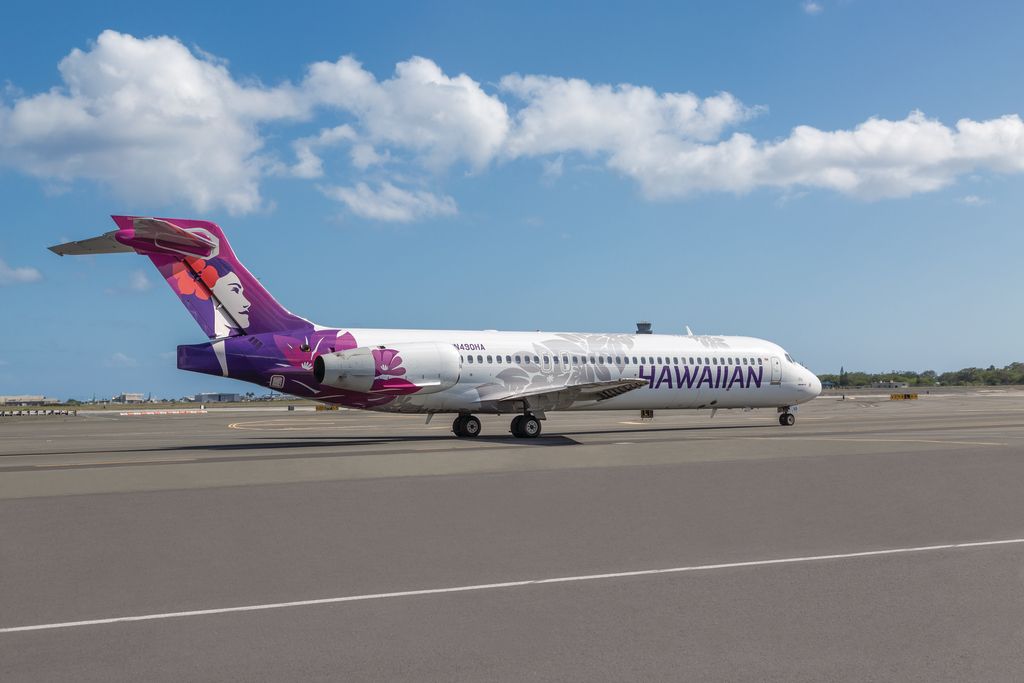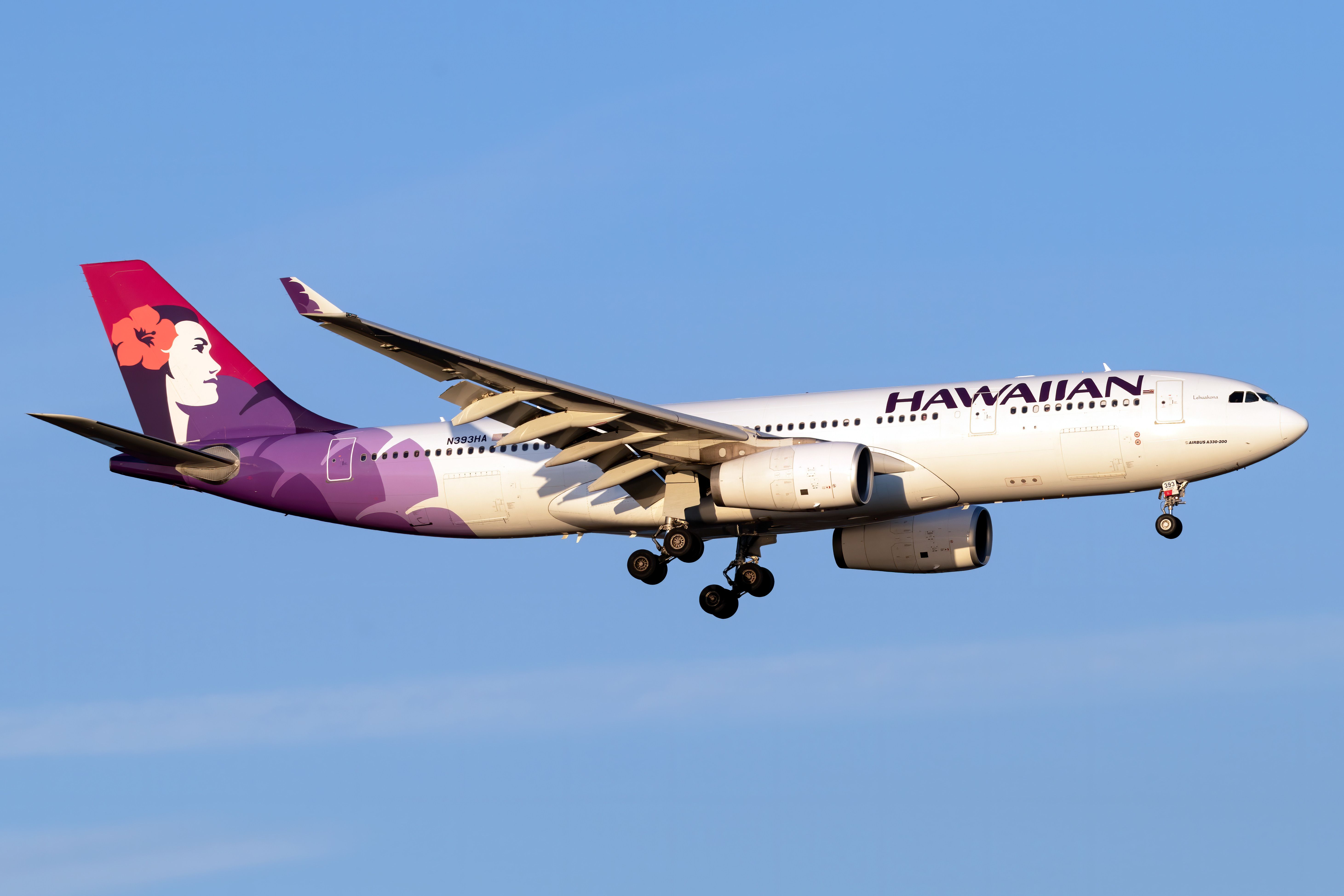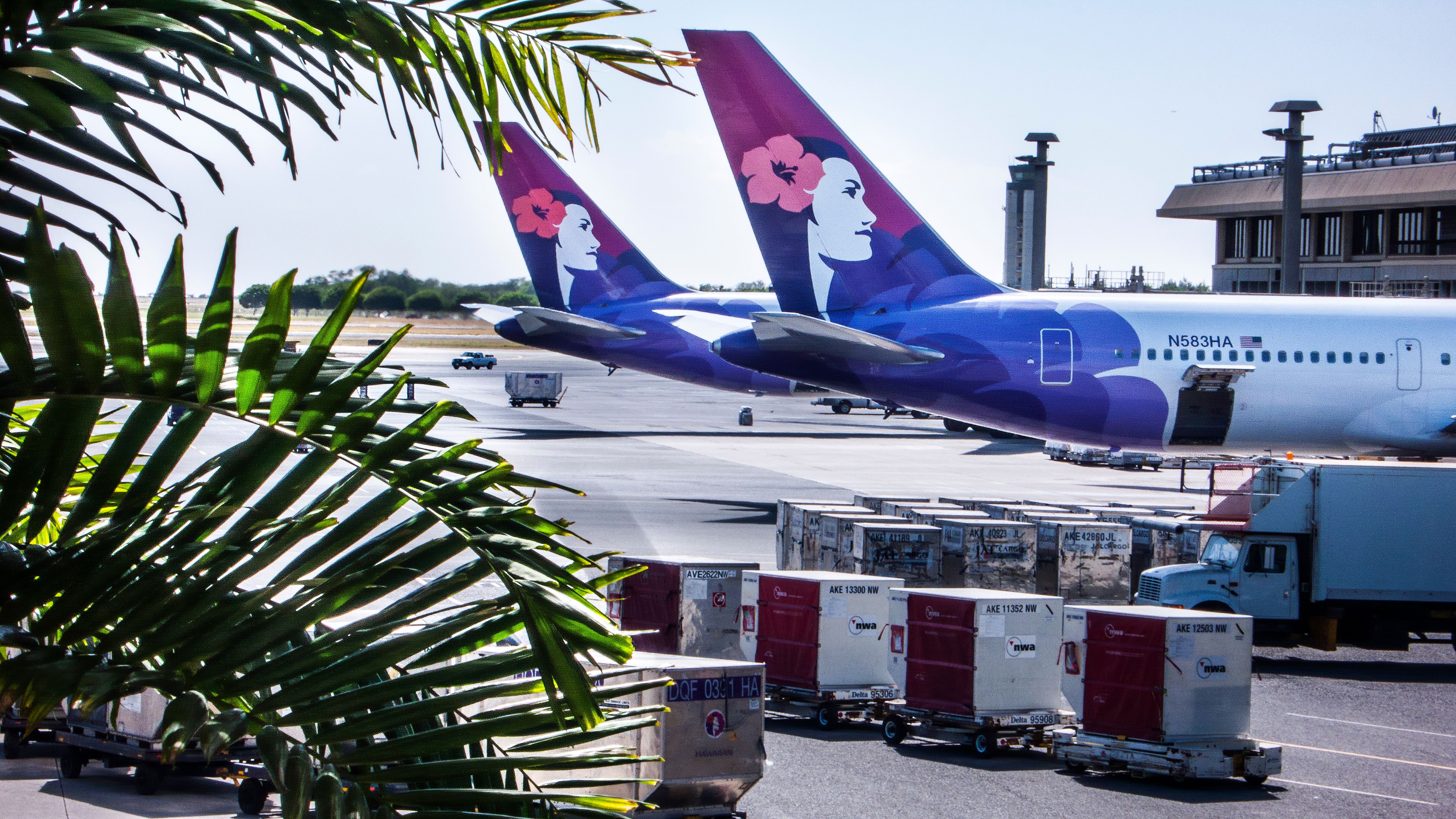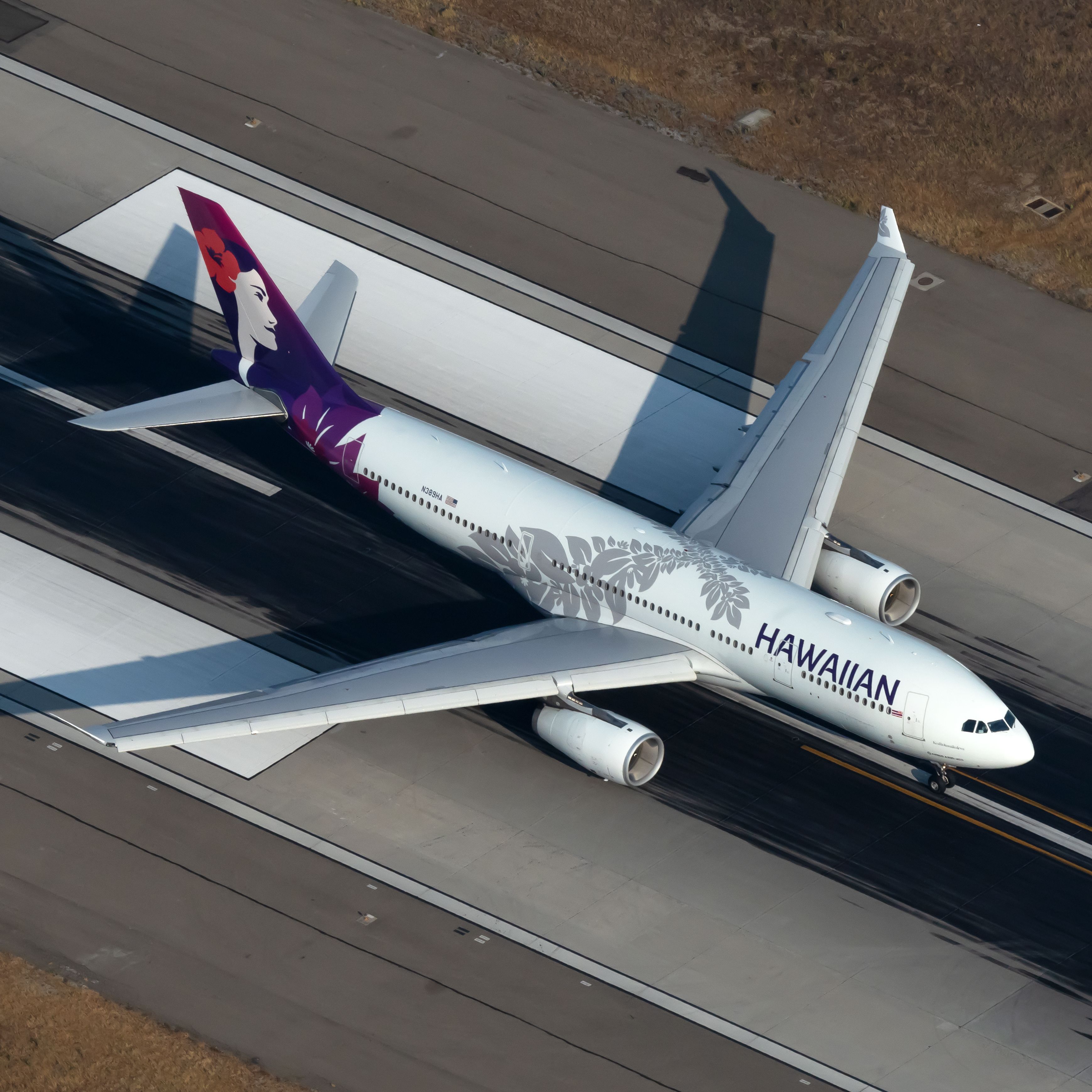Despite recent volcanic activity at Mauna Loa on the big island of Hawai'i, Honolulu-based Hawaiian Airlines said Wednesday that the island is safe to visit and it will keep flying. Last week, the airline experienced minor flight disruptions at Hilo International Airport due to safety concerns.
Mauna Loa began erupting on November 27th for the first time in 38 years. It is the largest active volcano in the world, standing at 13,681 feet (4170 m) above sea level and 30,000 feet (9144 m) above the sea floor. According to the National Park Service, Kīlauea, the volcano adjacent to Mauna Loa, is also erupting. The agency said both volcanoes had not erupted side by side since 1984.
Different from other volcanoes
With Hawai'i being home to six active low-profile volcanoes, the carrier said volcanic activity does not surprise its operations team. Jon Snook, Hawaiian's Chief Operating Officer, said the types of volcanoes in Hawai'i differ from others worldwide.
“We’ve been around a while and know that when eruptions occur in the islands, they aren’t usually extreme pyroclastic ash events – that’s not the type of volcanoes we have in Hawaiʻi.” - Jon Snook, Hawaiian Airlines Chief Operating Officer
Snook also said that Mauna Loa's recent awakening is the second volcano-related event he has experienced in his seven years at the airline. The news of it erupting was somewhat expected due to recent seismic activity on the island.
 Assessing the situation
Assessing the situation
Before evaluating scheduling impacts or cancelations, Snook said the airline took time to understand potential complications the volcano could bring, such as smoke in the air which is harmful to aircraft.
"Our dispatchers maintained close contact with the relevant authorities in meteorological and geological reports overnight. Before we could decide to cancel any flights, we needed evidence of ash (which is bad for engines) in the air, but officials couldn't accurately measure levels until daylight. We decided that night to delay some of the morning's first Hilo flights until we could better understand the air quality. Once the sun rose, reports verified there were no dangerous ash levels in the air, and we knew we could operate as usual.
Snook also said the safety of Hawaiian's passengers and employees is a priority and its experience of volcanic eruptions in the past offers a sense of direction.
"We all take our guests' and employees' safety seriously, but we know to be cautious about doing anything definitive until we have a better understanding of what's happening. That is the benefit of being around for 93 years and having gone through similar events in the past."
Traveling responsibly and respectfully
The last time Hawai'i experienced a major volcanic event was the eruption of Kīlauea in 2018, which destroyed 612 homes and had lava fountains that reached 260 feet (79 m). Still, Snook said the event was relatively calm compared to other volcanoes on the planet. Concerning Mauna Loa's recent activity, he noted that the volcano does not seem to have a current threat because its lava flow is not heading to populated areas.
“So, we want to reiterate to folks concerned about their travel plans that it’s perfectly safe to visit – and even an exciting time to see something that we may not get another look at for 38 years (if history is our guide).” - Jon Snook, Hawaiian Airlines Chief Operating Officer
As Mauna Loa continues to erupt and Hawaiian continues its operations, the carrier said volcanic eruptions have a significant cultural meaning in Hawai'i and that visitors should travel responsibly.
"While experiencing a volcanic eruption in Hawaiʻi is an extraordinary event, it is also a powerful and humbling force of nature to be respected. Travelers planning to visit the Mauna Loa eruptions should always do so safely and with deference to Hawaiian culture, surrounding communities, the land, and local laws."



